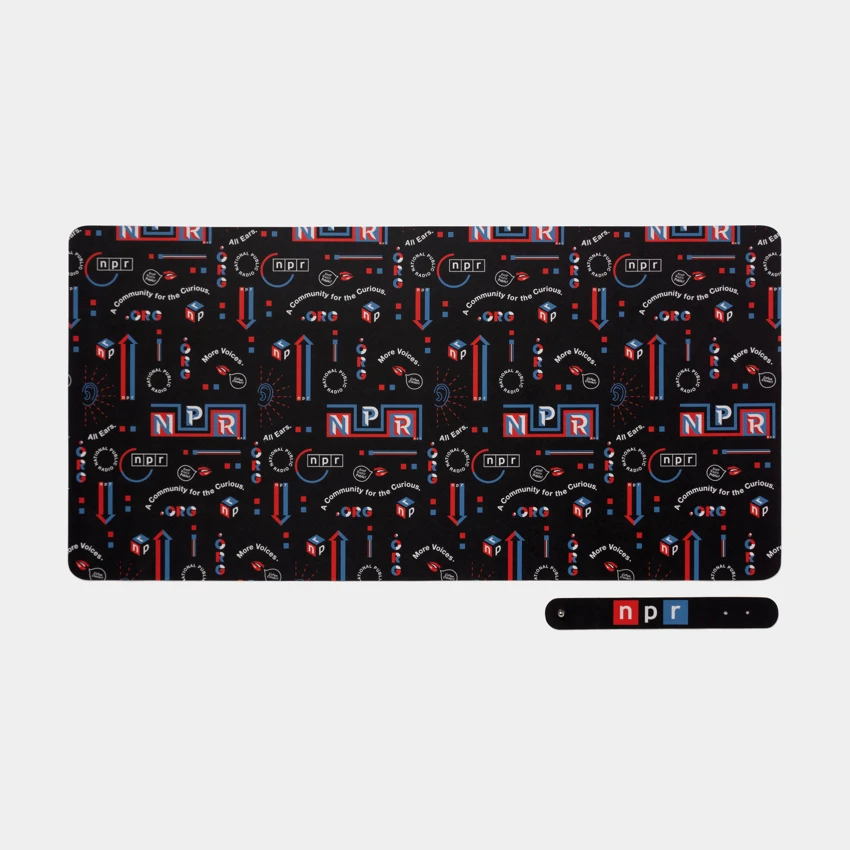Cookies help us deliver our services. By using our services, you agree to our use of cookies.
Close
Menu
You have no items in your shopping cart.
- Home /
- Sound Reporting, Second Edition: The NPR Guide to Broadcast, Podcast and Digital Journalism
Related Products
- Every Purchase Supports NPR Programming
- Accessibility Statement
- Shipping & Returns
- Conditions of Use
- NPR.org

© NPR 2025
- Privacy Policy
- Sitemap
- Contact Us
- 5651 State Road 93 Eau Claire, WI 54701
- 1-877-370-8345
- [email protected]





